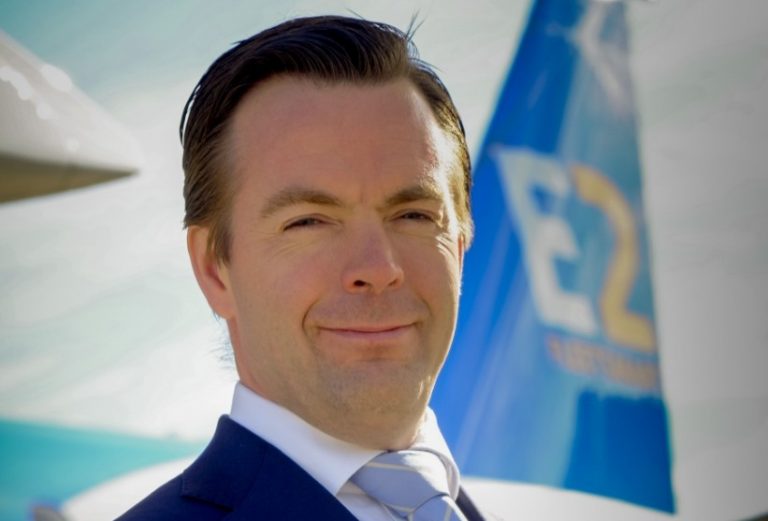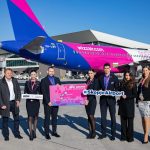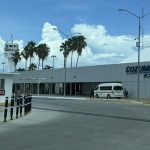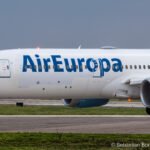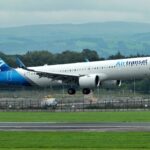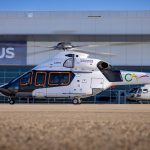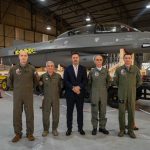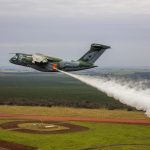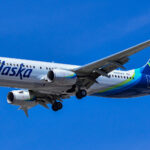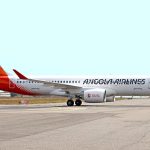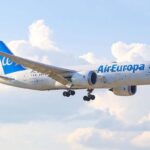Anywhere in the world, Embraer is an icon of Latin America in the aviation industry. We had the opportunity to talk with its Commercial division’s CEO, Arjan Meijer, right after an event in which the builder announced the sale of E2 Jets to Nigeria’s Overland.
The E2s, the new turboprop, the Energia family, the failed Boeing merge and many other topics were covered in the brief but interesting chat.
Aviacionline: Embraer commercial was in a complicated position when you became CEO. The market was quite pessimistic about it but now even despite COVID, things changed. So, what changed?
Arjan Meijer: I think the E2 family is doing fine. We brought the first aircraft to the market in the winter of 2018, and the 195 with Azul in April 2019. And then we went into the Boeing discussions, and I think it has a little bit put us in a waiting mode. So, I think that we came out of that mode in early 2020, when the Boeing deal collapsed.
And I think it’s fair to say that since then, we have really turned the corner with Embraer, I think we’re in a post-crisis situation now where we see that airlines are really looking at smaller aircraft, we saw a lot of existing EJets finding new homes with new customers. We announced three new orders at the start of this year, with Skywest Alaska and Skywest Delta, and we had Porter’s 30 E2.
We just announced Overland in Nigeria… I think there’s a lot of pent-up demand for the E-Jet. So, I think it’s a combination of having been early on with E2 and a difficult period for Embraer during the Boeing discussions. But now and after the crisis, it’s looking very bright.
A: What do you think of the Boeing talks disaster? Can you survive independently, or is a partnership the way forward? n the turboprop question, early today, you mentioned partnerships. So, it wouldn’t be a partnership with a manufacturer necessarily or not.
AM: You have to make a distinction between what we were doing with Boeing, which was JP Morgan taking over a commercial engagement from Embraer: a partnership like that is no longer on the cards. We reintegrate Embraer Commercial Aviation into Embraer. We do have partnerships in general as a future strategic direction. So, we’ve set new programs where we’re most happy to look to potential with partnerships.
So, we’re talking to partners that could either be a part of the program or partners that could help us in the operational process of building a Turboprop. We’re looking to direct suppliers of the program. Those are the kinds of partnerships we’re talking about. So that’s not to be confused with selling the whole company to a third party. That’s no longer on the table.
A: Despite the strong position in the US market for E175 E1, Embraer seems to be struggling with the E2s. What can you do to get E175 E2 into that market? Because the A220 is growing, Delta is now operating them heavily and the E175-E2 sales are stagnated. So, what is the way forward? What do you need to do to break into that market?
AM: I have to make a distinction between the size in the US below 76 seats and the sizes above. Yes, so in the US there’s a scope clause which is 76 seats, the 175 E2 is not approved by scope laws. So, the scope law limits the market to the 175-E1, as the 175-E2 cannot fit within the scope law. So, the fact that it doesn’t sell in the US makes sense from scope laws perspective, and we currently don’t see the scope laws being changed.
So, we are fully focused on delivering 175 E1 to customers, which they’re very happy with. We placed almost another 40 aircraft only this year into that market. So, I think Embraer is doing great in that sense. About E2s and A220s, you really have to look at the bigger set: 190-195 vs A220.
That’s where we want Porter in the North American market. Yes, the A220 went into Delta and we of course believe there’s going to be more opportunities in that region. And I think the E2 was a great tool with a much better cost level than the competition. So, I’m confident that E2 will find its way into the market, but the 175 E2 is really a different animal.
A: At the same time, you cannot provide them E1 forever, right? At some point they need to get into the US, is dealing with the majors the way forward?
AM: The 195 E2 And the 190E2? They surely have to go into the majors because they cannot go into the regionals. And I think a case in point is now with Porter: It’s a Canadian carrier that will fly into the US. So, you will see the E2s flying into the US as of 2022.
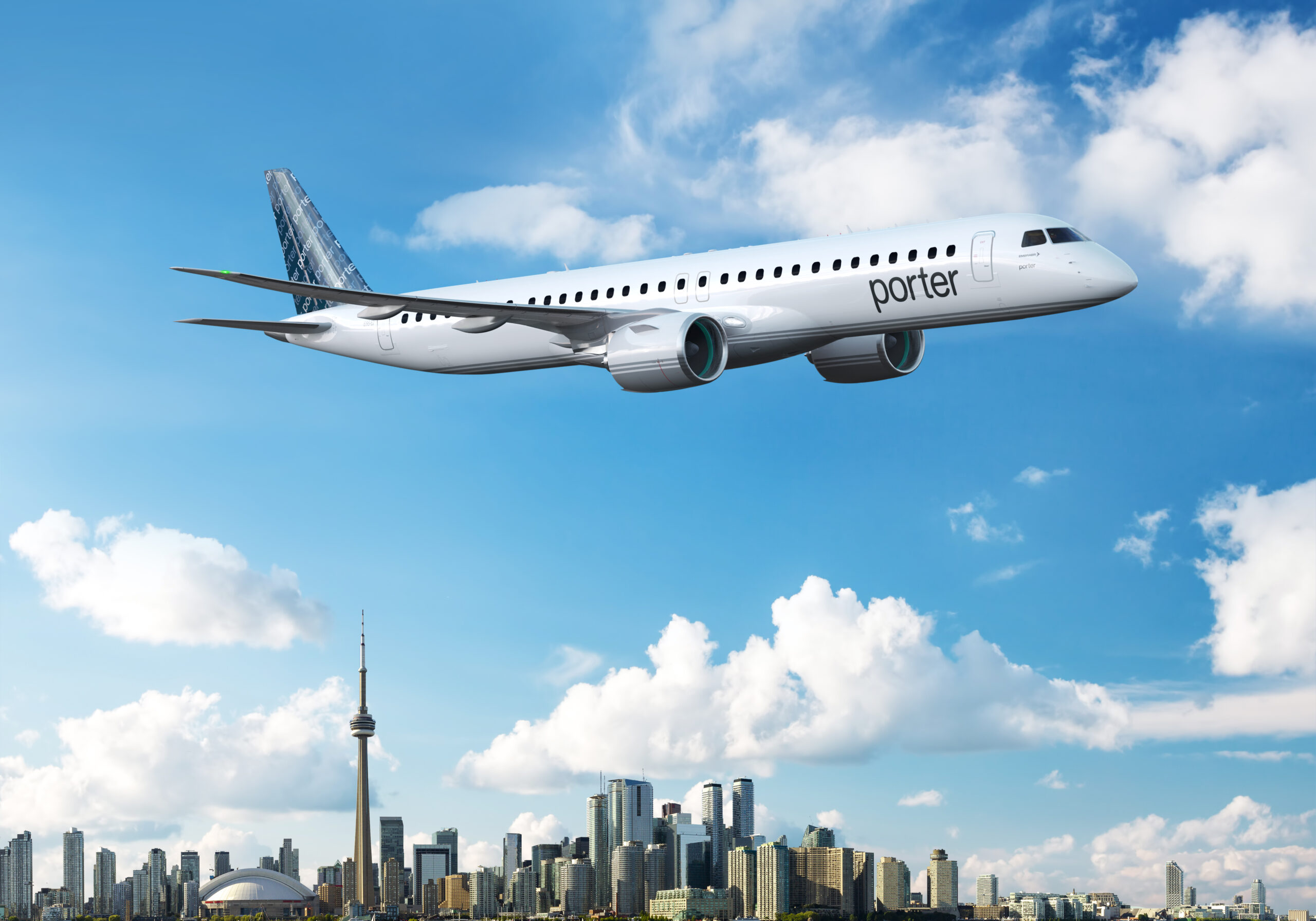
A: So, Porter is as a way of showing the E2 in the US market?
AM: Oh, yes, for sure. I think Porter for us is a great way is to get the E2s into the North American market. But also, don’t forget we have E1s in the US market with Breeze. So, I think that the segment is really proving its benefits in the market.
A: In Latin America, Aerolineas Argentinas has been operating a lot of E1s for quite some time now. Are there talks with AR about replacing them, and there are talks with any other airline in the region?
AM: We can’t talk about individual campaigns. That’s not what we do. But I would say in general, we’re talking to a lot of Latin American operators. We have a great operator there with Azul.
Azul is a huge supporter of the E2’s: I see an E2 flying with a 320neo which is a much bigger airplane, but with the same seat cost. The benefits that we are sharing with the market of an E2 complementing the narrow body. I mean, I can say it a thousand times, but if a customer of mine tells the market once that they really see those benefits of the E2, I think that’s what really sells. So, the operators know that an E2 complementing a narrowbody offers a superior mix from a risk and reward perspective.
A: As far as your market outlook says, you see the market abandoning the idea of the regional jet as a complement, but rather as a main driver of the market.
AM: Oh, yes. Well, going forward, the market is not black and white. So, we’ll see more and more operators leaning on the regional markets. But there’s also a lot of operators that fly from very small, to very big aircraft. So, if we talk about regional, it’s a combination of turboprops, E1s, and E2s, but also smaller aircraft in the future.
A: You need to be able to serve this trend because the market will want your product. But what are you going to do to be able to serve this trend?
AM: I think that for airlines that are looking at the segment of the E2s, we have a great proposition. Let’s not forget that in the past there were only smaller narrowbodies in that segment with had very unattractive operating costs. Now the E2 segment between 80 and 140 seats offers superior economics, it’s the most efficient aircraft in the market today. To customers that fly narrowbodies and smaller narrowbodies, today, we say that taking the smaller narrowbodies out and bringing the E2 as a complement to narrowbodies offers a stellar network combination.
Because for airlines it’s not about a single aircraft, it’s about how the full fleet offers the best economics for the airline. So what Embraer always tells the customer is: look at your whole network and look at what the E2 can offer in terms of profitability in the long run. And I think that’s where the E2 really shows its benefit.
A: You are also going smaller with these turboprop projects. How do you plan to compete with ATR, your largest and most mature competitor, that has just announced a new engine option?
AM: Don’t forget that we have a huge installed base with customers with the E Jets. We have 1,600 E jets flying around in the world. And many of those customers fly turboprops, and I think Embraer has built 15 different models since 2000 only.
So, we have a proven track record of building aircraft on spec, on time, and on budget. And I think we’re telling the market what we can do on the Turboprop segment: we can be better in terms of economics, in fuel burn, we can be better with noise, and in passenger experience. So, across the range, we’ll be able to deliver a product which offers huge passenger appeal.
A: So, will your idea be not to increase your customer base with the Turboprop but also to complement it?
AM: Of course. We’ll look at our existing base and we’ll look at new customers. The proposition of the turboprop that we have in mind is the E2 interior with a jet-like noise profile in the cabin, we believe we have an aircraft that really offers airlines an up-to-date, state-of-the-art aircraft and a completely different asset than what’s available today with the Turboprop.
A: How can you project a Turboprop with a lower unit cost than the ATR? I think that’s what airlines are going to look at.
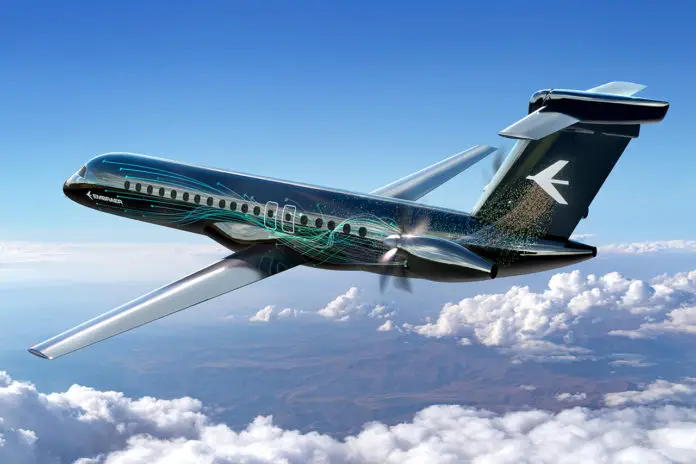
AM: With our Turboprop, we will have a 70-seater and a 90-seater. So, the 90 seater gives you 20 more seats. And because of that the significant fuel reduction. The 70-seater will be better than the ATR 72. The ATR is a fuel-efficient airplane because it’s a turboprop. We will come in lower than that. So, we’ll come in lower fuel burn, lower operating costs, better onboard cabin.
We will bring something to the market that you’ve never seen before in that segment. So, we’re very confident that the aircraft will have a great space in the future in the segment. Plus, it will be launched with full SAF compatibility. So, the environmental footprint will be great if airlines fly the airplane with SAF, and we want to use the platform in the future for newer technology engines as well, to make it even more sustainable.
A: So the Turboprop will have 70 to 90 seats, and it will also aim to replace the 50 seaters. Wouldn’t that be difficult, as the 70 seaters will have an excess of capacity?
AM: No, because what you have to understand is that if we talk about 50 seaters, we’re talking about 50 seaters in an American domain, where you have first class, premium class, and economy class. So, if you have an aircraft coming with 70 seats in high-density economics, and you put three classes in there, you actually need the same footprint. So, you take the same 70-seater, but you put 50 seats in it in a very comfortable 3 class layout. And that makes the 50-seater that can perfectly compete in an American network carrier model.
A: That sounds fine, but a bit US-centric. How are you going to assure that this turboprop sells well elsewhere, where single-class cabin reigns?
AM: Oh, that’s because of the single-seat layout that we deliver as well. So that the 70 model can go from 50 to three class layouts or 70 seats in a single-class layout. The 90-seat aircraft can probably go from a 70-76 three-class layout to a 90-seat single-class layout. So basically, both models are ideally suited for either an airline that wants a bigger turboprop with a lot of seats, or a network airline that prefers a little bit more spacious cabin, and then the number of seats goes down. So, we can do both.
A: You plan to incorporate the ESG bands into this new Turboprop. How can you do that? Is the day-to-day use of efficient, sustainable fuels achievable in the near future?
AM: Well, first and foremost, Embraer has always and will continue to strive to bring the best technology to the market with the best fuel burn. So that’s exactly what we have done with E2. We brought E2 to the market with a 60 percent lower fuel burn. With the Turboprop, we will bring an aircraft that’s more fuel-efficient than any other aircraft out there in the segment.
So that’s another proof that Embraer is bringing the best technology to the market. And then, we’ll make sure that the fuel that we do burn, we make it sustainable. That you can do by SAF as a short-term solution. And in the future, we may move to hydrogen solutions. But that’s very much a direction of thinking.
A: When you look into history, Embraer normally underpromise and over-deliver, and this happened with E2. Embraer promised a 23 percent reduction per seat for the E2. And actually, the reduction is more than 25. So, there is a history.
AM: We talk the talk and we walk the walk.
A: Exactly. So, don’t you think it’s important to bring it to the table as a marketing strategy?
AM: No, that’s a good point. Of course, we do marketing. But that’s why I also make the point about going to Azul to talk to them directly because they’ll give you the numbers that we promised them and the fuel burn numbers that we promised to every customer, the 16 percent turned out to be according to our measurements, 17.3, and some would say it’s 20 percent. So, we are always a bit conservative. And that allows us to overachieve the targets that we set in to deliver a better product to the customer. And we’ll do the same on the Turboprop.
AO: And the last question now, where do you see Embraer Commercial 10 years from now?
AM: Commercial aviation will see a much richer portfolio: we’ll have the E2 covering the top end of the spectrum up to 150 seats with the E2 family. Below that, you’ll see the turboprop in the 50 to 100 seat segments in different variations. And then hopefully we’ll be able to have transferred the concepts that we presented last week all on the Energia into clear products in up to 50 seat segments.
So, you’ll see Energia transform from one product to a multi-Product sub 150 seat segment. And what you may also see is that we’ll move more from the passenger market to the freight market. So across two axes in more products and also in more markets.
A: And most important: Do you see Embraer Commercial as an independent manufacturer 10 years from now?
AM: Oh, yeah.

